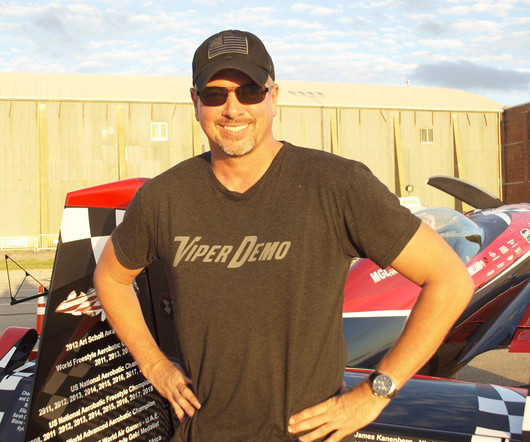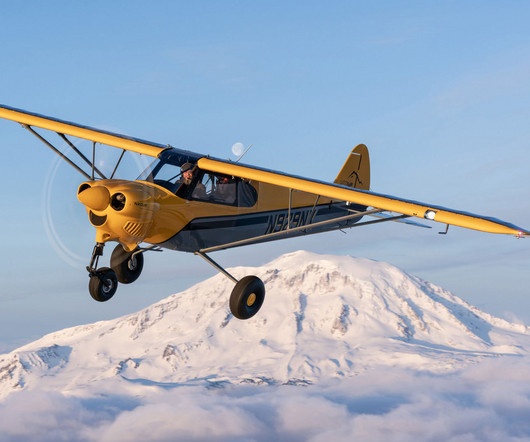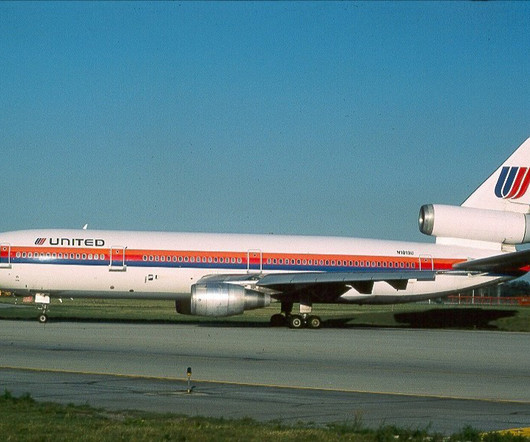NTSB Releases Preliminary Report on Holland Accident
Flying Magazine
MAY 2, 2025
EDT, Holland was cleared to land on Runway 08 at Langley. According to witness statements given to the NTSB, “the airplane made a normal approach to the runway, and when it was over the end of the runway, it leveled off about 50 [feet] above the runway and flew straight down the runway for several hundred feet.














Let's personalize your content